It’s not easy to know how to work with creative types like graphic designers, so we’re sharing our top 5-ish tips we wish potential clients knew:
1. Just because we’re “creative” doesn’t mean we aren’t professional.
Not all creatives have blue hair and facial piercings (but to each their own) or sleep late and work all night. At Green Apple Lane, for instance, each of us offices from home, but we have dedicated real offices in our homes, and we manage our time really well. Potential clients sometimes ask, “What types of clients do you serve?” to which we proudly reply that we work with all types of clients from all types of industries: lawyers, healthcare professionals, car dealerships, luxury wedding planners, auto mechanics, cake bakeries, political campaigns, dairy farms, private schools, beauty products, professional photographers, art classes, funeral services, real estate, authors, and the list goes on. This has made us chameleons, or Janes-of-All-Trades, because we have to dive head-first into all of these fields, and we love it! And depending on the client, we’ve had meetings in board rooms, coffee houses, garages, or just over email and phone. We’ve met in flip flops and business suits. We’re in the business of whatever your business does, however you do it.
2. Tell us the issue, not what you think the solution should be.
Design solves problems, so it’s our job to come up with the perfect solution. When you tell us the problem and the solution, you run the risk of severely limiting our thinking and boxing us in, which is a bummer, because then you don’t really get to realize the full benefit of our expertise. We love it when you tell us “what” and leave the “how” up to us. And try not to make your feedback too specific. Actually take a minute to think about what it is that you don’t like about something, and share that with us. For instance, instead of deciding “It should be in red,” (which is telling us the solution), say, “The color isn’t right, I’d like it to be more bold/in-your-face.”
3a. The design isn’t for you, it’s for your customer…
More often than not, the opinions of whether you, your spouse, your child, or even your designer PERSONALLY like a design are completely irrelevant, unless we are your ideal customer (and it’s highly unlikely that all of us are your customer, unless you’re in front of a grocery store selling Thin Mints).
3b. So please don’t tell us what your spouse thinks.
If there’s one thing that really gets under our skin, this is it… “I showed the design to my ‘insert relationship here’ and they said didn’t like it.” First off, while this person is probably super smart and amazing, the designs are based off of your direction, because you know your business and your clients best, not your spouse (unless this person is a business partner, in which case, their input should have been considered from the beginning). This person has not been privy to all the conversations we’ve had leading up to the design and this is likely their first time to hear about the project, so honestly, their opinion is not really relevant to the project. One caveat: if this person brings up actual relevant feedback or questions to you and you agree, feel free to pass those along to us, but please just pass them off as your own thoughts and opinions and don’t pawn it off on your hubby or your kindergartner.
4. That person who created that thing for you a long time ago was not an actual designer.
Sometimes clients have a previous experience with a “graphic designer,” (read: someone with a bootleg copy of Photoshop), and their expectations were shattered somewhere along the way, so they’re feeling understandably hesitant to work with a designer again. But a professional graphic designer spends years learning software programs, typefaces, color theory, marketing strategy, and how to decode people’s feelings and turn those feelings into visual imagery. If the only file types you were provided with at the end of the project were jpgs with white backgrounds, that is a tell-tale sign you worked with someone masquerading as a designer. In that case, you have every reason to feel salty about the experience, but please know this probably-well-intentioned person was simply a novice at best, and you should have a completely different experience working with a professional. Now if you were provided files embedded inside a Word document, on the other hand, this person was a monster and you were lucky to escape (a little designer humor).
5. Finally, the cardinal rule: Don’t ask if you can take us out to “pick our brain.”
This is what we do for a living and we LOVE it, but we take our craft seriously and we also have bills to pay like everyone else. We charge by the hour, just like an attorney, for our time and expertise, so don’t ask us to give up 1-2 billable hours to dispense that advice for free in exchange for a coffee or a salad (or even worse, “exposure”). Close friends and family are the most common offenders here, not typically a new contact, as this is a more informal “ask.” We love you, so if you want to have coffee and talk about your super cute kids, your stressful mother-in-law, or your new puppy, we’re all in, but if you want to talk shop, offer to pay us for our time first (and you may even be surprised with discounted rate), but don’t make it awkward by expecting it to be free.


